The Weirdest Pets Kept by US Presidents
Policy debates and state dinners have always defined the White House. Yet the building is also remembered for things no one expects. It has sheltered animals of every sort, with lawns, halls, and even bathtubs turned into habitats. The stories of these presidential pets show that life inside 1600 Pennsylvania Avenue was often stranger than politics.
John Quincy Adams (1825 to 1829)
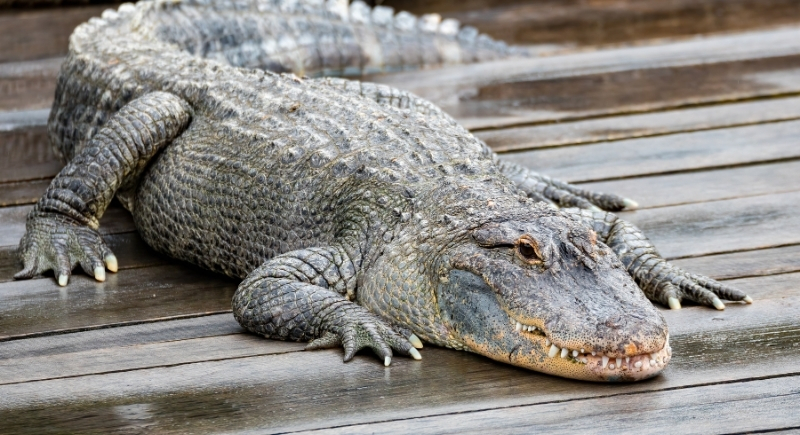
Credit: Canva
Among the odder White House tales is the gift Marquis de Lafayette sent to the sixth president: a live alligator. It was kept near the bathing area for a time, startling visitors. Louisa Adams added her own eccentric touch, raising silkworms in the residence and using their thread for embroidery.
Thomas Jefferson (1801 to 1809)
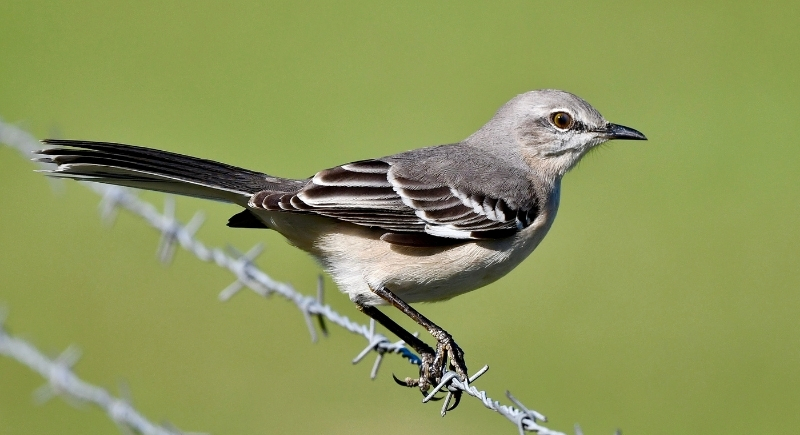
Credit: Getty Images
Jefferson’s favorite pet was a mockingbird. The bird had free run of his study and often perched on his shoulder or head while he worked. More unusual still, the explorer Zebulon Pike sent him two grizzly bear cubs. They stayed for a short time at the White House before being moved to a museum.
Theodore Roosevelt (1901 to 1909)
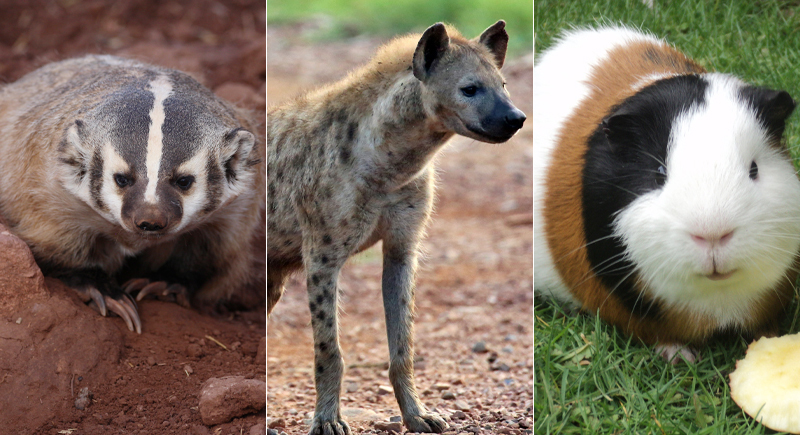
Credit: Wikimedia Commons
Roosevelt’s household treated the White House like a living zoo. His children kept a badger named Josiah, a hyena from Ethiopia, a one-legged rooster, snakes, guinea pigs, and even a small bear. A macaw added to the noise.
Martin Van Buren (1837 to 1841)
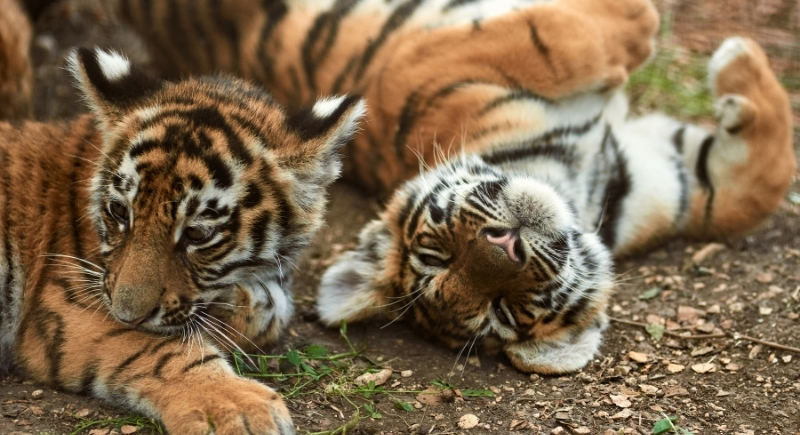
Credit: Getty Images
Van Buren received two tiger cubs from the Sultan of Oman. For a brief period, they lived at the White House, but caring for them proved impractical. The animals were eventually sent to a zoo, leaving behind one of the more striking episodes in the history of presidential gifts.
Herbert Hoover (1929 to 1933)
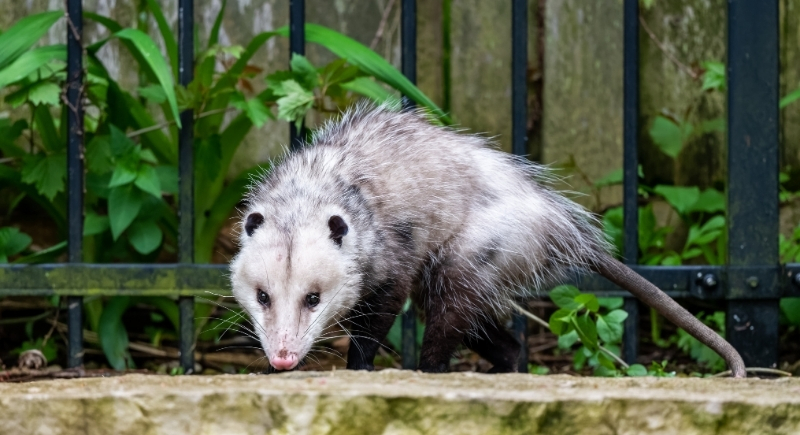
Credit: pexels
An opossum named Billy became Hoover’s most talked-about pet. He wandered onto the White House lawn and stayed, later serving as mascot for a local high school football team. Billy shared space with frogs, turtles, chickens, and goldfish, but his role in the team’s winning streak gave him a brief brush with fame.
Calvin Coolidge (1923 to 1929)
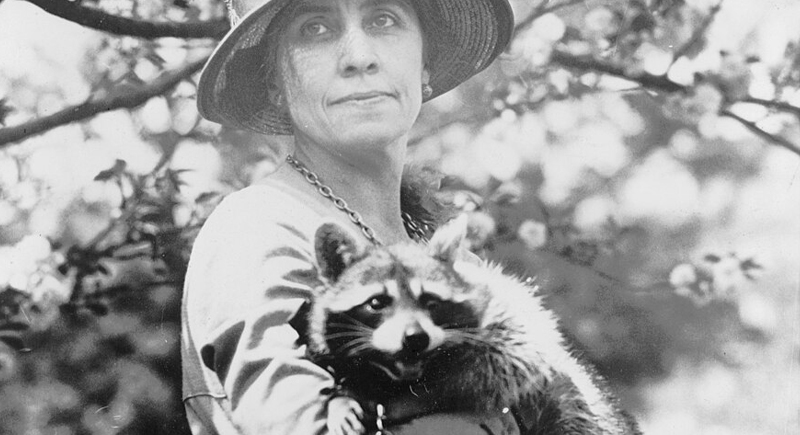
Credit: Wikimedia Commons
Coolidge’s raccoon, Rebecca, was meant for the dinner table but instead became a pet. She roamed the White House and often walked with the First Lady in the evenings. The president’s collection went far beyond her, including a pygmy hippopotamus, wallabies, and a variety of birds.
James Buchanan (1857 to 1861)
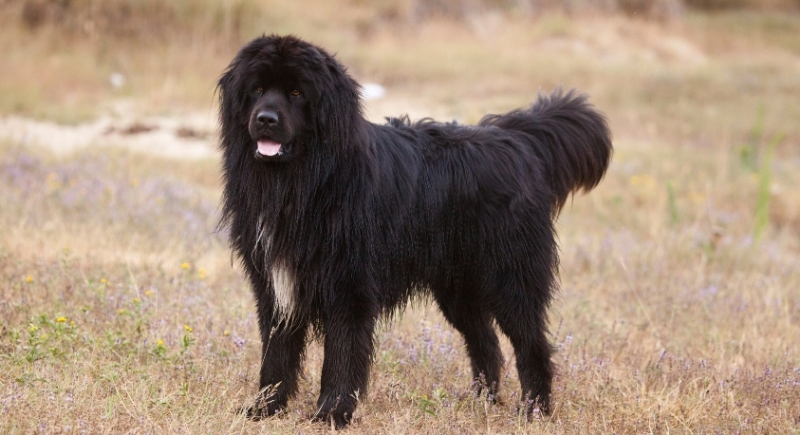
Credit: Getty Images
James had a massive Newfoundland named Lara guarding the grounds. Due to her size and rarity as a breed, she was a celebrity in her time. The president also kept a bald eagle at his home, a patriotic nod that was rare among presidential pets and not your standard companion.
Benjamin Harrison (1889 to 1893)
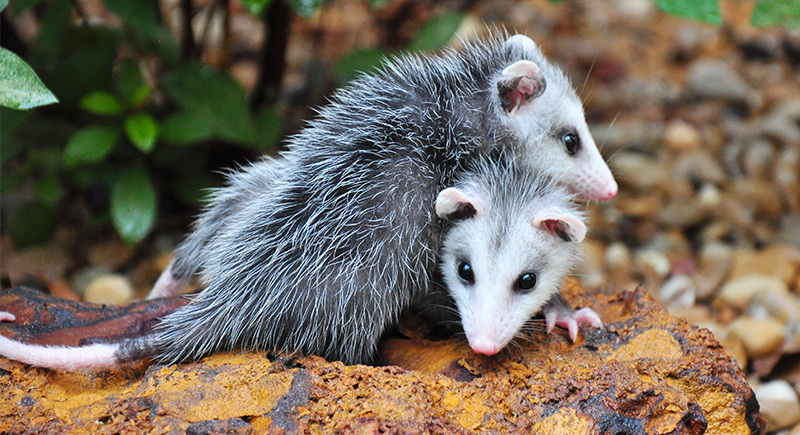
Credit: iStockphoto
Harrison kept two opossums, Mr. Reciprocity and Mr. Protection, that roamed the White House and amused his family. His grandchildren had their own entertainment: a goat that pulled them around the grounds in a small cart. The mix of animals gave his otherwise formal presidency an unexpectedly playful edge.
Andrew Jackson (1829 to 1837)
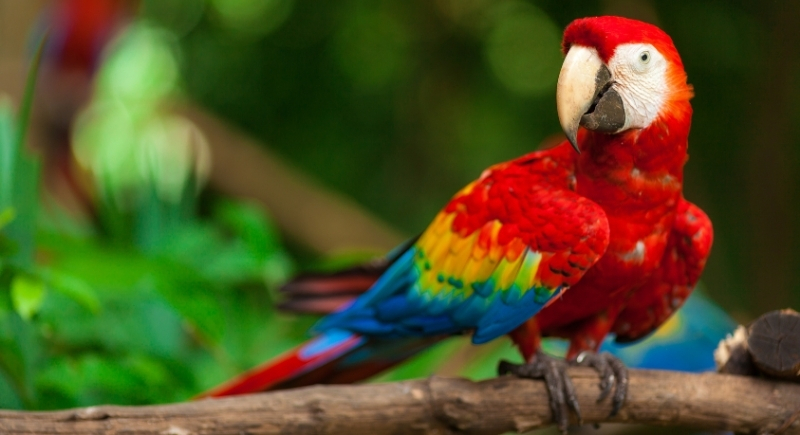
Credit: Getty Images
The most notorious of Jackson’s pets was a parrot with a vocabulary. The bird, named Poll, learned to mimic the words Jackson taught it and the language used around the house, including what some sources say were “profane” words. He kept horses and dogs, but it was the foul-mouthed parrot that ensured his pet story lived on with comic flair.
Woodrow Wilson (1913 to 1921)
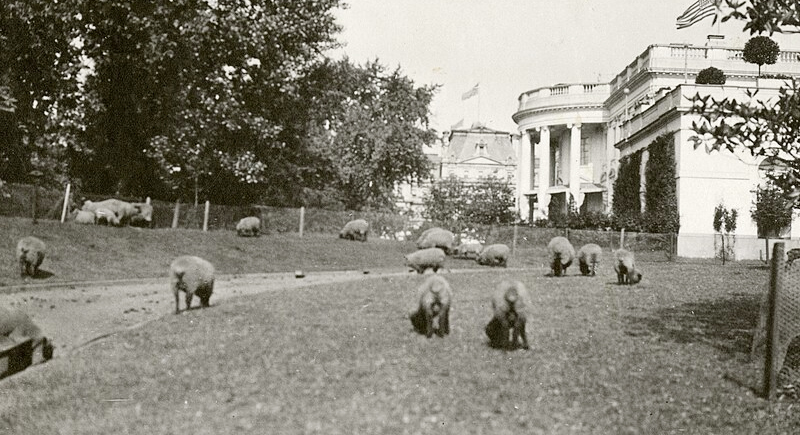
Credit: Wikimedia Commons
Imagine the White House lawn covered in grazing sheep—forty-eight of them, plus a ram. During World War I, Wilson sold their wool, raising over $52,000 for the Red Cross. The sheep helped with lawn maintenance, too, though they reportedly panicked at the sight of early automobiles and eventually ate the grass down to bare dirt.
John F. Kennedy (1961 to 1963)
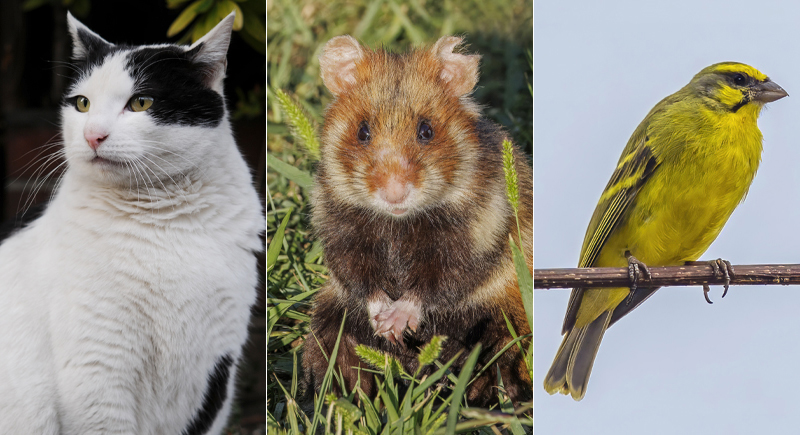
Credit: Wikimedia Commons
JFK and his family kept a variety of pets at the White House, including some that might be considered unusual. Among them were a cat named Tom Kitten, hamsters named Debbie and Billie, and a canary named Robin. A canary, further diversifying the Kennedys’ menagerie.
Warren Harding (1921 to 1923)
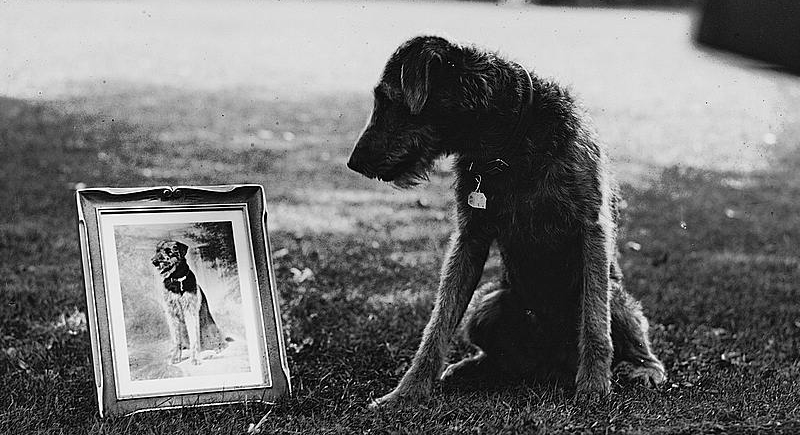
Credit: Wikimedia Commons
Harding’s squirrel, named Pete, was a familiar sight, scampering across meeting tables and accepting snacks from visiting dignitaries. While Laddie Boy, the Airedale, was his most famous pet, Pete brought a playful unpredictability to White House life.
William Taft (1909 to 1913)
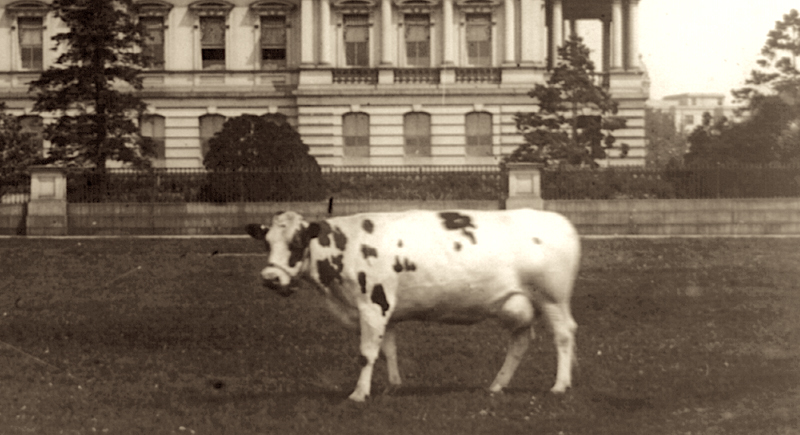
Credit: Wikimedia Commons
A cow named Pauline Wayne became a bona fide celebrity, providing fresh milk for the First Family and even making headlines when she vanished for two days. Her milk was sold as souvenirs, and newspapers covered her adventures. Before Pauline, Taft had another cow, Mooly Wooly, who could often be seen grazing peacefully on the South Lawn.
William Henry Harrison (March 4 to April 4, 1841)
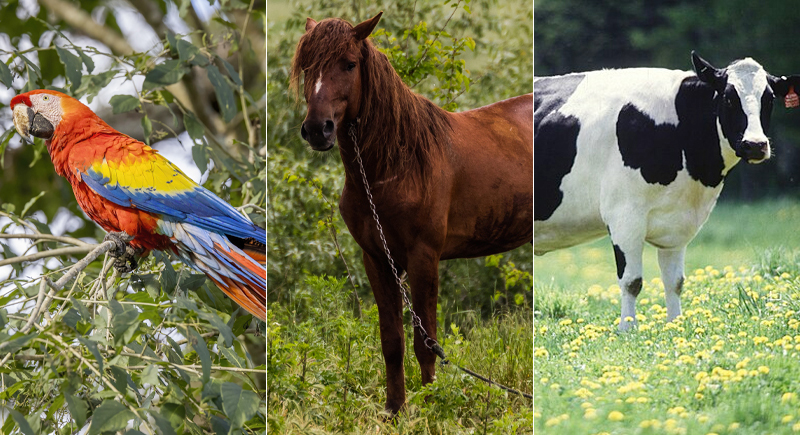
Credit: Wikimedia Commons
Harrison’s pet list was anything but ordinary. He was known to have owned a colorful macaw that he brought back from South America, where he served as a minister. The bird was known for its loud, shrill screams and tendency to squawk for attention. He also kept horses, a goat named Sukey, and a Durham cow named Sukey.
Abraham Lincoln (1861 to 1865)
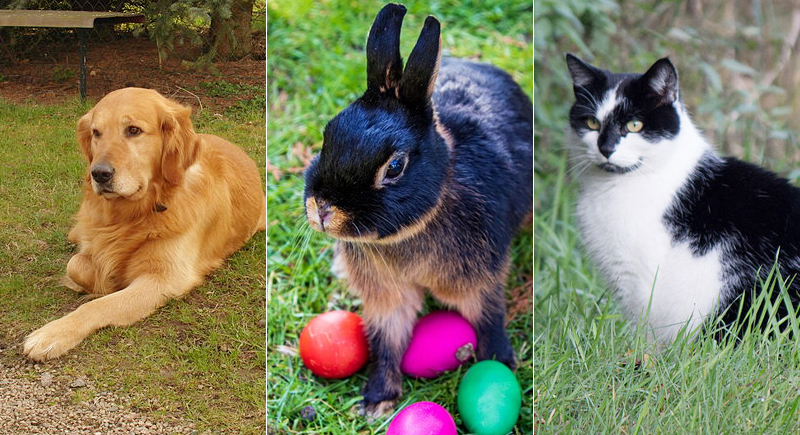
Credit: Wikimedia Commons
Goats roamed the White House, a turkey named Jack escaped the dinner table, and cats curled on Lincoln’s lap. The sixteenth president’s pets included dogs, rabbits, and even a pig. He famously said his cat, Dixie, was smarter than his cabinet, proving that in his eyes, animals often outshone the politicians surrounding him.